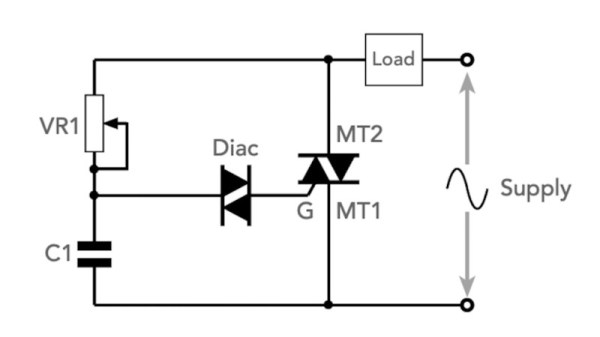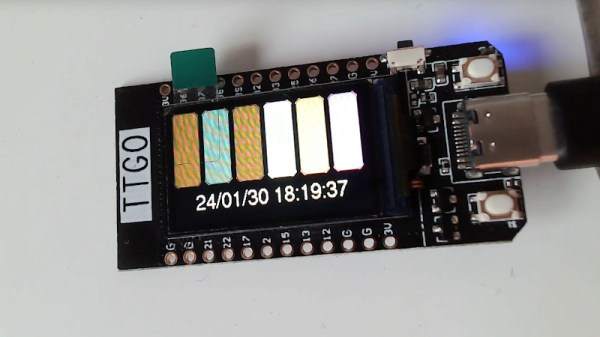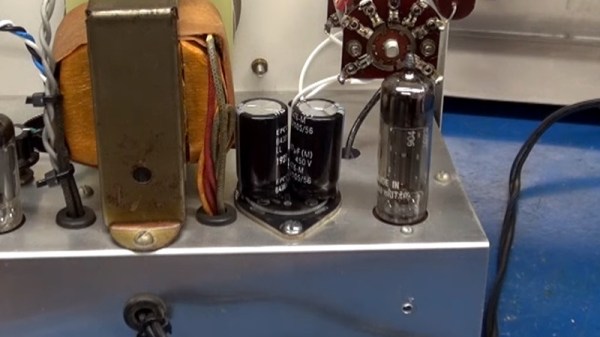There’s an old adage about waiting hours for a bus only for two to appear at once, and for Hackaday this month we’re pleased to have seen this in a run of analogue telephone projects. Latest among them is the video below the break from [Wim de Kinderen], who is demonstrating the workings of a mechanical crossbar switch with the help of a vintage Ericsson unit and an Arduino replacing the original’s bank of control relays.
It’s possible everyone has a hazy idea of a crossbar array, but it was fascinating from this video to learn that the relays are worked by metal fingers being inserted by the bars into relays with wider than normal gaps between electromagnet and armature. This extra metal provides a path for the magnetic flux to actuate the relay.
The machine itself then is an extremely simple and elegant electromechanical device with many fewer moving parts than its Strowger rotary equivalents, but surprisingly we seem to see less of it than its American competitor. The video below the break is definitely worth a watch, even if you don’t own any analogue phones.
We recently saw a similar exchange implemented electronically.


















